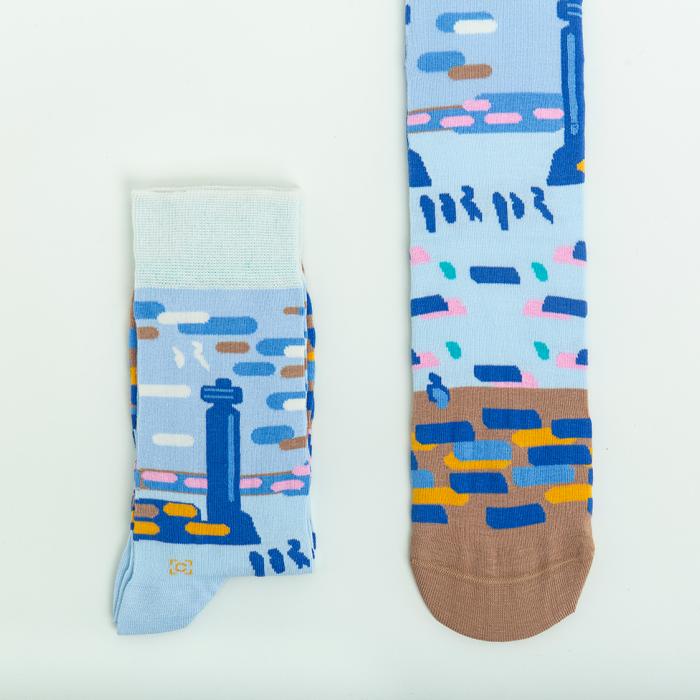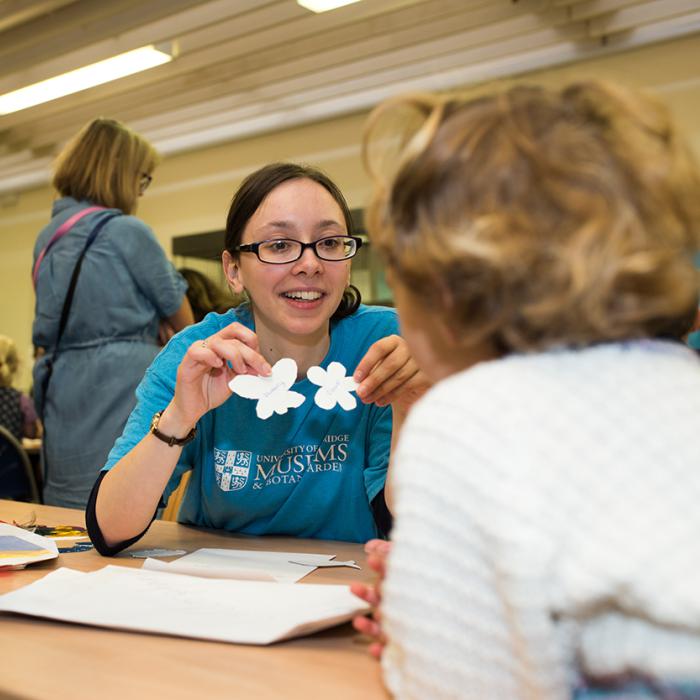About the Session
This set of activities uses objects from the Whipple Museum to explore:
How people throughout history have created methods and machines to make calculations easier
How we use measurements of different kinds to make sense of ourselves and the world
The history of maths and mathematical thinking
Duration: Can be booked as:
The Padlet is free and has a range of downloadable photos and activities that can be used with or without the Mary Anning loan box. Including a song, an activity led by artist Kaitlin Ferguson, drawing sheets, a biography of Mary and her contemporaries, and images of the fossils in the loan box.
Explore the Padlet
Find out more about our free loan boxes
Choose from fossils, rocks and dinosaurs.
The Sedgwick Mseum's loans boxes have been curated to support teaching of the rock cycle, fossils and dinosaurs. Each box has a range of objects representing geological time, rock types or species and each box is accompanied by some basic fact sheets. However they are not just for science lessons, use them for sorting, describing and creative writing.
Join us for an evening of making art and exploring ideas, experiencing the Kettle’s Yard collection, Lucie Rie exhibition and playfully exploring ceramic practice through the theme of art & identity.
Following an exploration of the Kettle's Yard House or temporary exhibitions, get creative with an artist-led workshop inspired by themes, ideas or materials explored.
These sessions can be tailored for your specific class or learning outcomes and are delivered with our Learning team and one of our associate artist facilitators. Sessions run for around 2 - 2.5 hours and are £180 per class (£230 for fee-paying schools).
Enquire at: schoolbookings@kettlesyard.cam.ac.uk
Explore Kettle's Yard House and galleries with your students in this facilitated visit with open discussion and drawing activities. These facilitated visits are tailored to suit your class year level and learning objectives, introducing students to the unique nature of the Kettle's Yard House and collection.
Introductory tour and drawing activities:
FREE to all UK-based state schools*
£75 per class for fee-paying schools.
Enquire aT Yard School Bookings schoolbookings@kettlesyard.cam.ac.uk
Using the Kettle's Yard House and art as stimulus, students will learn and apply critical and creative thinking skills to make connections, make observations and explore ideas before making their own artworks to take with them.
Sessions tailored and recommended for EYFS, KS1, KS2 & KS3
1.5 - 2 hour session, £75 per class
* £125 per class for fee-paying schools.
enquire at:schoolbookings@kettlesyard.cam.ac.uk
Workshops for KS1 link to the National Curriculum and allow you to bring your learning about plants to life. Enthuse your class with a morning experiencing the Botanic Garden in a hands-on way with our expert staff. Workshops are two hours long. We can support your pupils’ science learning in Plants, Living things and Their Habitats, Seasonal Changes and Working Scientifically. We also offer a workshop which supports your work in English and Art and Design.
Primary
KS1
Stories in Art: Words and Pictures
What is art? How can we understand it? We will look at 3 different artworks together and think about how artists tell stories using pictures instead of words, using the paintings to inspire our own creative writing.
About the Session
Explore the stories of some of our objects and learn more about working scientifically. Use objects from our collection to observe closely, perform simple tests, classify objects and gather your own data.

